Environmentally friendly farming process
Tay Ninh is a province with a relatively large agricultural land area, convenient for building farms far from residential areas, ensuring biological safety. In recent years, Tay Ninh's livestock industry has developed remarkably, mainly large-scale concentrated livestock farms. To ensure disease safety and meet environmental criteria, most farms are invested in high technology.
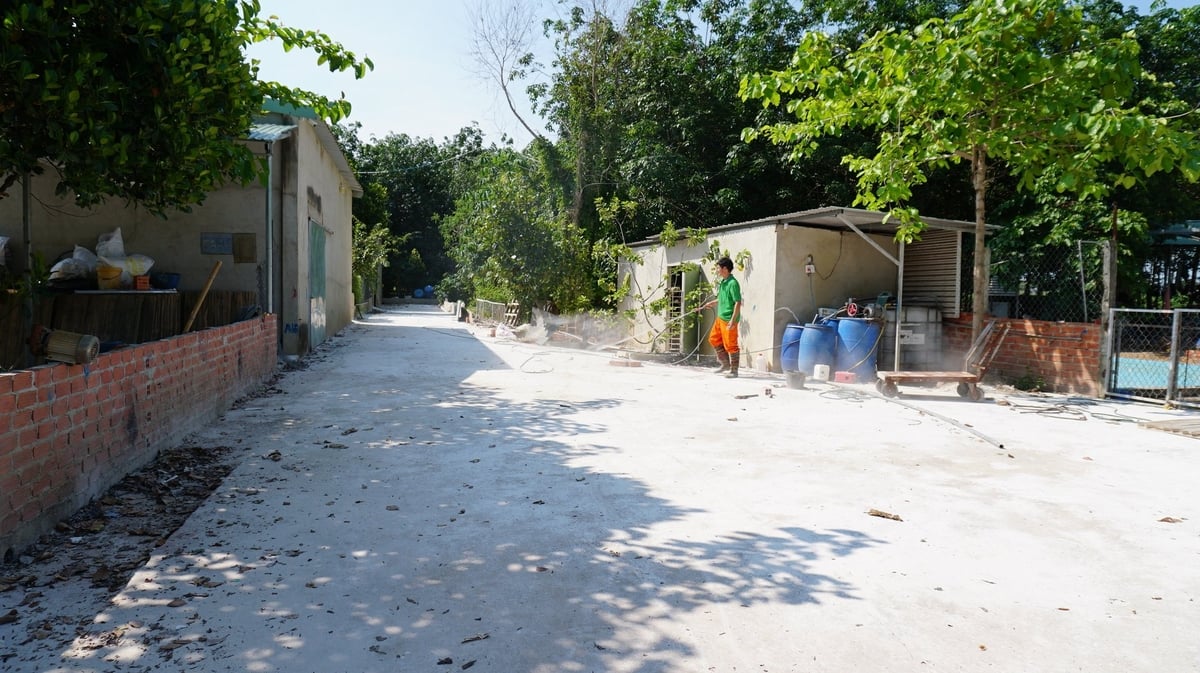
Green space provides shade and odor absorption at Futifarm farm. Photo: Tran Trung.
Following the Tay Ninh livestock and veterinary staff to visit the Futifarm closed-circulation pig farm, located in Tan Chau district, we felt the space here is very airy. Surrounding the farm is a vast rubber forest, in the farm's campus, super early jackfruit trees are planted, creating a cool green space and also having the effect of absorbing odors.
Mr. Van Thanh Phong, owner of Futifarm Farm, said that he clearly determined that sustainable livestock development must go hand in hand with environmental protection. Right from the time of building the farm, he has been aiming for environmentally friendly "green livestock". Accordingly, the barn is completely closed and scientific , such as: cooling fans are arranged, curtains are around the barn, a honeycomb-style cooling system is designed in front of the barn to cool the barn, 4 large fans are installed in the back to continuously rotate for ventilation, along with a modern water and waste treatment system.
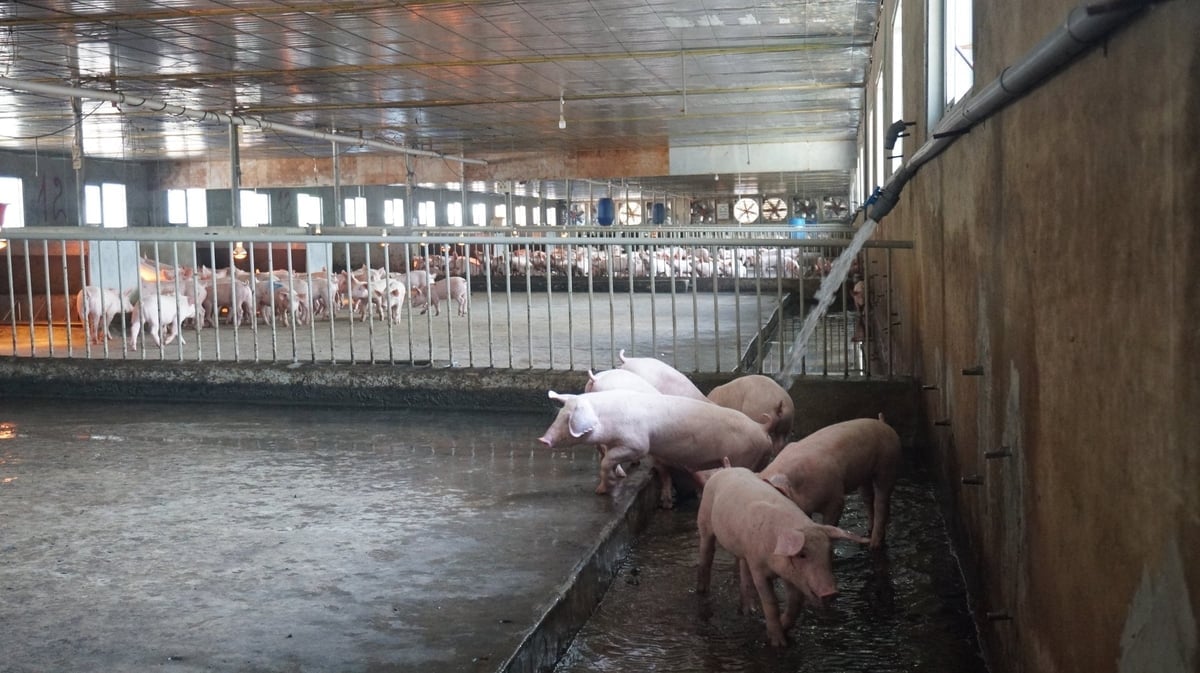
Inside Futifarm farm. Photo: Tran Trung.
We operated the waste treatment system with Mr. Phong. Although we had witnessed many processes, everyone was impressed with Futifarm's system. On an area of nearly 2 hectares, in addition to the biogas tank, the farm owner also invested in a regulating pond, an anoxic gas tank, an aerotank gas tank, a microbial settling pond, a disinfection tank, a biological pond and a water reservoir that meets the standards after treatment for fish farming, reused for irrigation, and pig bathing, creating a closed-loop circulation chain.
Accordingly, the system uses the method of separating livestock waste residue through a settling tank system combined with a biogas tank. In addition, water and waste are also treated through a system of biological filter pumps, pond pumps, and air blowers. Waste after water separation is composted into bio-fertilizer to fertilize plants very effectively. Reused wastewater contributes to reducing production costs and reducing environmental pollution.
In the breeding area, pigs are fed dry food which is pre-mixed nutritional bran through a silo system containing bran and an automatic feed distribution pipeline to the feeding trough areas in the barn. By feeding like this, Futifarm saves food from food spilling into the barn causing dirt and pollution.
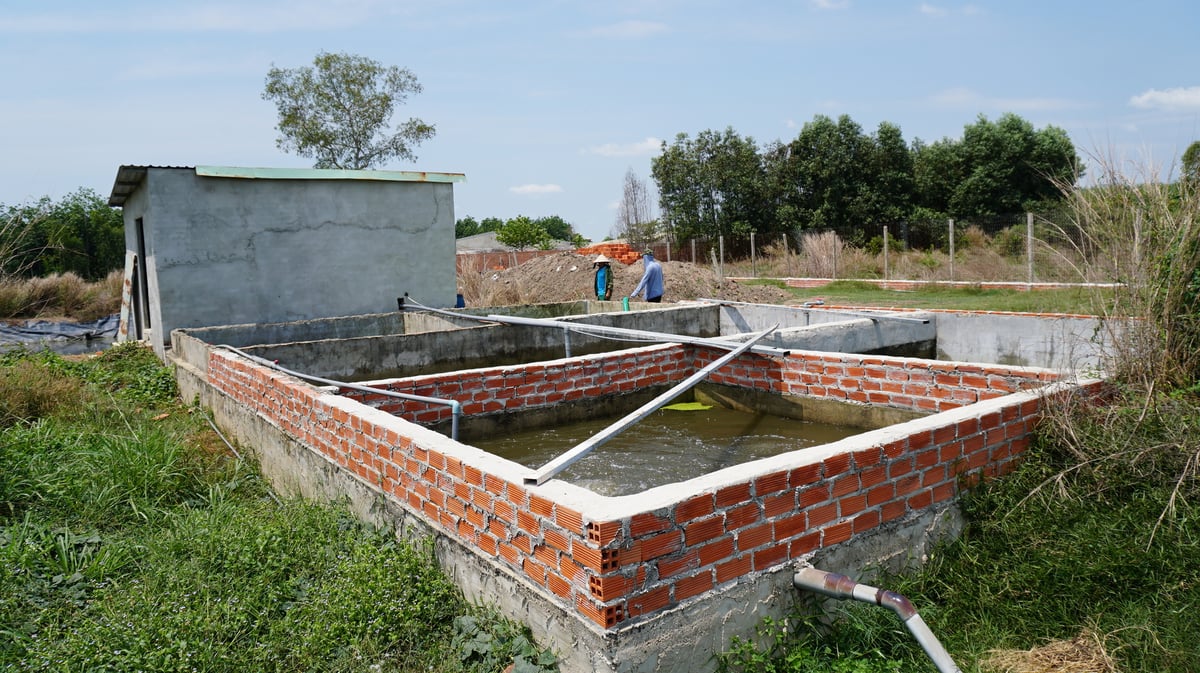
A corner of the waste treatment system of Futifarm farm. Photo: Tran Trung.
In particular, pigs are given water by "smart" water taps (when pigs want to drink water, they will hold the drinking nipple and water will automatically flow out). The drinking nipples are arranged high or low depending on the rearing stage, age and weight of the pig. Below is a trough system to collect water when pigs drink and spill it, ensuring water savings, labor, and better disease control during the rearing process. This design helps the barn to always be clean and safe. With the investment in a new technology barn system, pigs can eat and drink freely, ensuring that food and drinking water are always clean and sufficient.
“Although the provincial People's Committee approved the investment policy and prepared an environmental impact assessment report with a herd of 6,000 pigs, the farm only raised more than 3,500 pigs to reduce density, avoid overloading, put pressure on the waste treatment system and ensure a clean environment. Currently, businesses are most concerned about the problem of dealing with excess biogas, the state needs to have a purchasing mechanism to avoid wasting this renewable resource,” said Mr. Phong.
Boost from top investors
Along with the initiative of livestock farmers, many leading investors present in Tan Chau are also implementing strategies towards developing a green livestock industry.
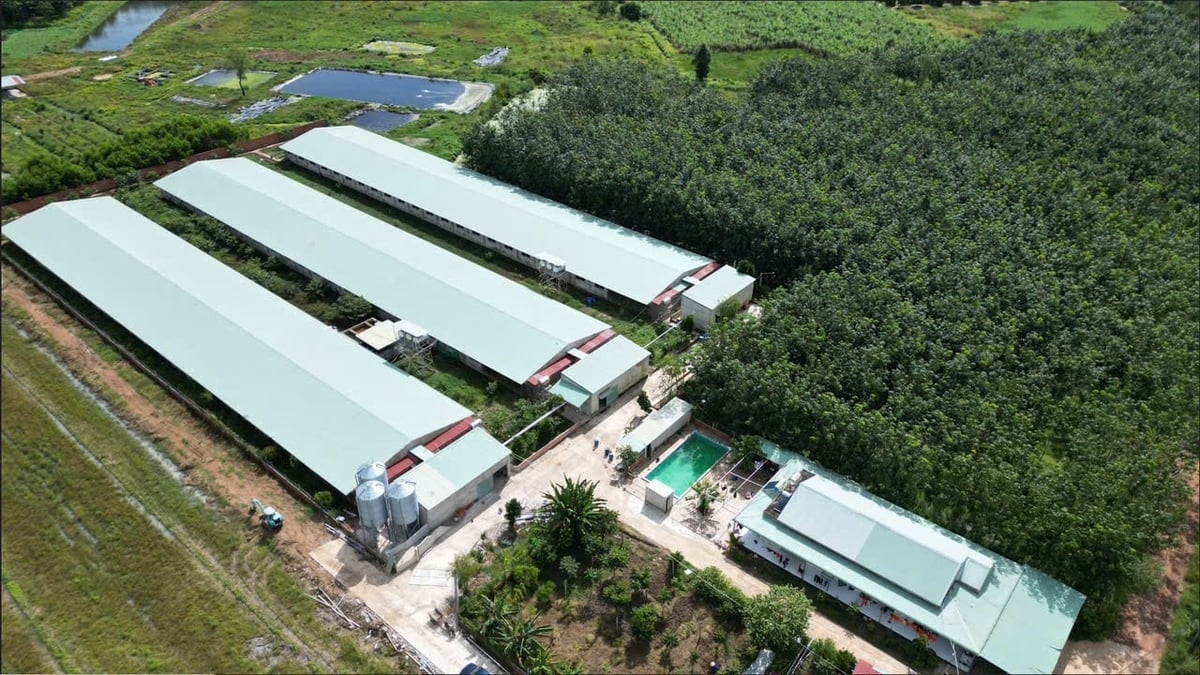
A corner of Nam An Khanh high-tech sow farm. Photo: Tran Trung.
One of the prominent names is BaF Vietnam Agriculture Joint Stock Company, established in 2017 and operating mainly in the field of animal feed ingredients, breeding pigs, and commercial pigs according to the 100% closed 3F chain model FEED - FARM - FOOD "from farm to table".
Nam An Khanh high-tech sow farm of BaF Vietnam Agriculture Joint Stock Company was built in Tan Chau district, with a scale of 15 hectares, raising 5,000 sows, producing about 150,000 weaned pigs per year. The farm system applies the most advanced modern pit technology in the world to ensure a living environment for livestock. Modern equipment, automatic management systems and wastewater treatment are imported from Europe and the US such as: AP, Cristal, Skiold, Big Dutchman...
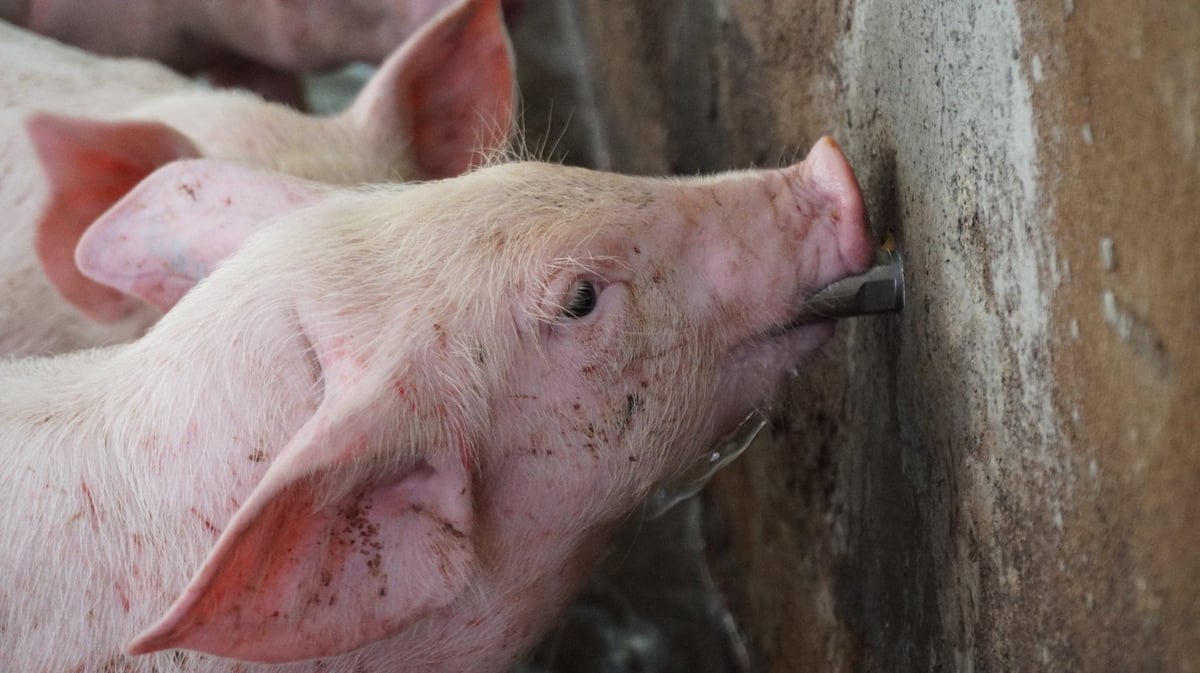
Pigs are fed automatically, contributing to reducing emissions in livestock farming. Photo: Tran Trung.
In particular, the enterprise applies strict "isolation belt" regulations according to the world's leading modern livestock standards to absolutely achieve the goal of "biosafety". Disinfection and isolation from 48h - 72h for workers before entering the farm to minimize disease. The entire pig farm is divided into 3 separate functional areas, including: Office area, production area, water supply and wastewater treatment area. The production area includes semen collection barns, sow barns, gestation barns and separate farrowing barns.
The automatic feeding system through the central control system helps to minimize contact between people and animals to limit disease, significantly reducing labor costs. In addition, the central cooling system maintains a stable temperature of 25 - 26 degrees to ensure a healthy environment for animals.
Nam An Khanh Green Farm also invests in a modern wastewater treatment system that meets the Ministry of Health's standards of type A - can be used for domestic use with advanced treatment techniques that meet the highest standards. Pig manure is treated through 3 settling ponds, water filtration plants, clean water, then the dry manure will be collected for fertilizer. Contributing to environmental protection towards sustainable development.
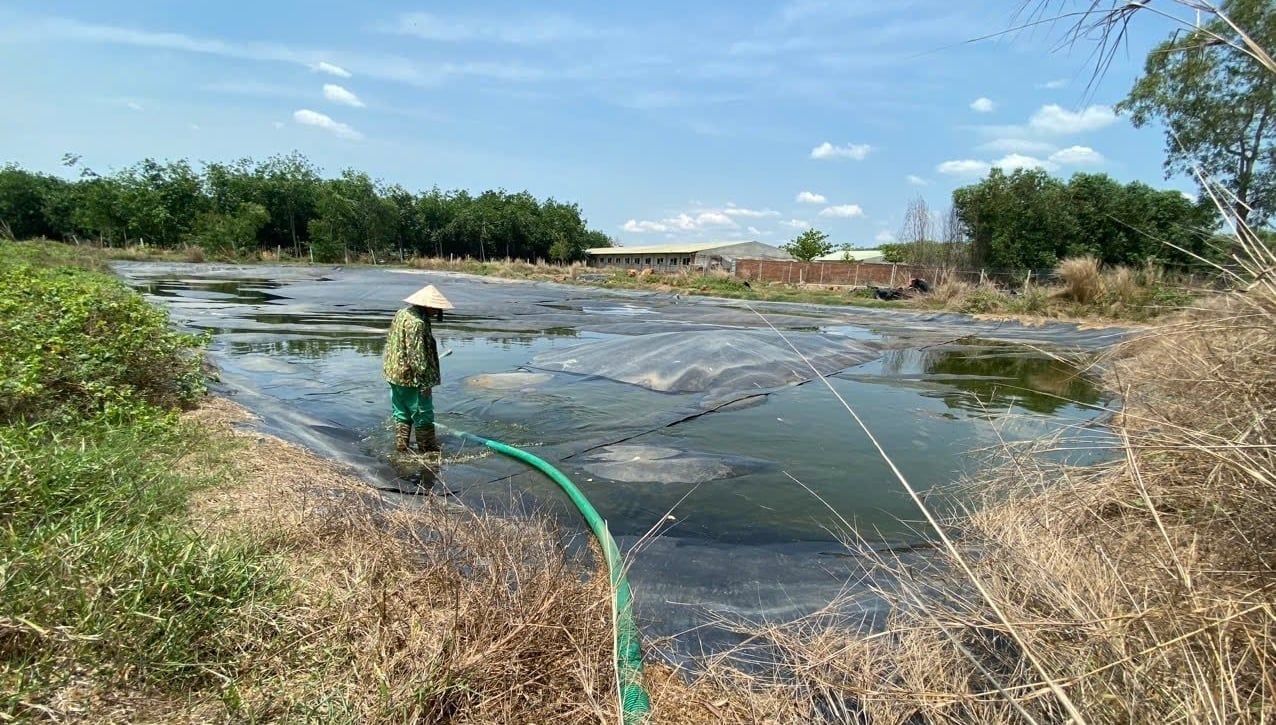
Businesses interested in investing in waste treatment systems in livestock farming. Photo: Tran Trung.
In addition to BAF Vietnam Agricultural Joint Stock Company, Tan Chau also has the participation of leading names from countries with developed livestock farming in Europe and Southeast Asia such as De Heus Group, Vinafeed Group, CP Vietnam Livestock Joint Stock Company,... Most of the projects use advanced technologies from countries such as the Netherlands, Germany and Japan for management and operation.
These enterprises contribute to helping Tay Ninh province realize the project of restructuring the agricultural sector, developing sustainable agricultural production value chains, building agricultural zones suitable for each ecological region associated with the production of high-quality goods.
“Livestock projects in Tay Ninh must ensure local land use planning criteria, ensure financial capacity and deposit in accordance with investment law, ensure livestock density and environmental factors in accordance with regulations…”, said Mr. Nguyen Dinh Xuan, Director of Tay Ninh Department of Agriculture and Environment.
Source: https://nongnghiep.vn/xu-the-chan-nuoi-xanh-bai-2-giam-phat-thai-gan-bao-ve-moi-truong-d744717.html



![[Photo] Prime Minister Pham Minh Chinh chairs meeting on science and technology development](https://vphoto.vietnam.vn/thumb/1200x675/vietnam/resource/IMAGE/2025/5/17/ae80dd74c384439789b12013c738a045)
![[Photo] Readers line up to visit the photo exhibition and receive a special publication commemorating the 135th birthday of President Ho Chi Minh at Nhan Dan Newspaper](https://vphoto.vietnam.vn/thumb/1200x675/vietnam/resource/IMAGE/2025/5/17/85b3197fc6bd43e6a9ee4db15101005b)
![[Photo] More than 17,000 candidates participate in the 2025 SPT Competency Assessment Test of Hanoi National University of Education](https://vphoto.vietnam.vn/thumb/1200x675/vietnam/resource/IMAGE/2025/5/17/e538d9a1636c407cbb211b314e6303fd)


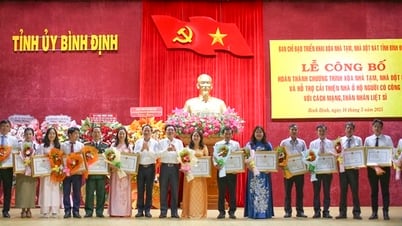

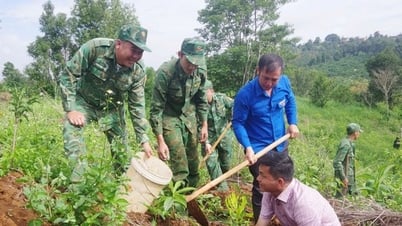
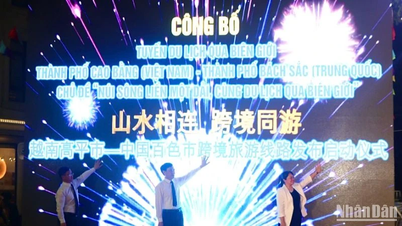

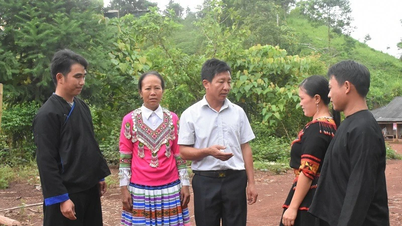
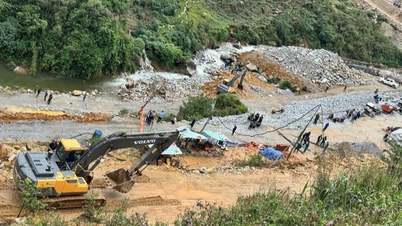
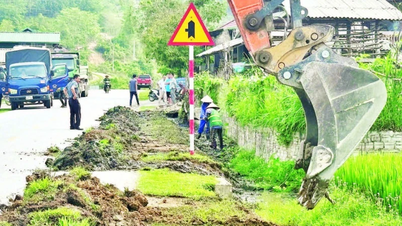







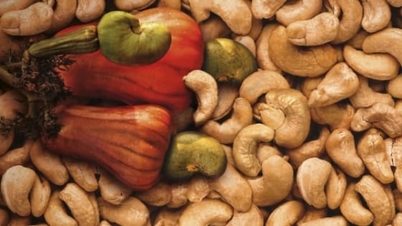
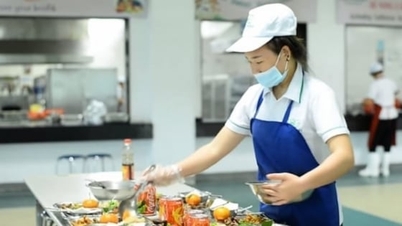
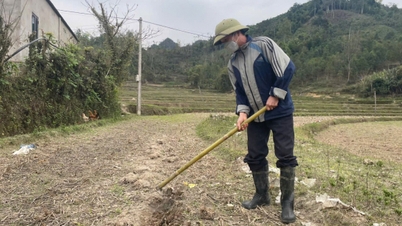
![[Photo] Nearly 3,000 students moved by stories about soldiers](https://vphoto.vietnam.vn/thumb/1200x675/vietnam/resource/IMAGE/2025/5/17/21da57c8241e42438b423eaa37215e0e)






















































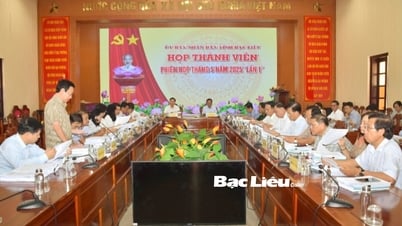


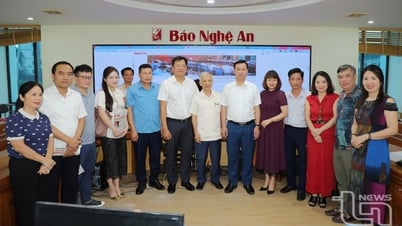


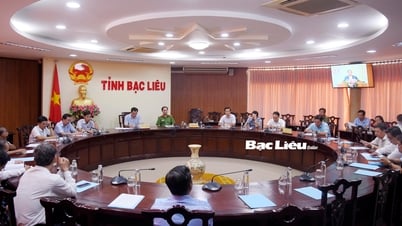











Comment (0)